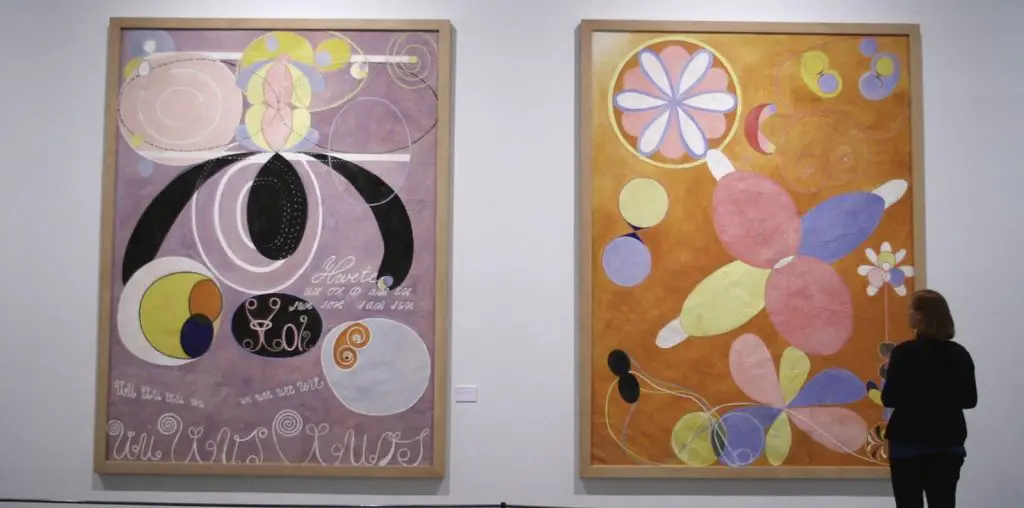
The counterculture of the 1960s is so rooted in pop that we forget the era’s other influences. The era owes much of its spirit to the Beat poets of the 1950s – those counteractors to the decade that embraced Ozzie and Harriet and Cold War policy and left the mainstream either patriotic or subversively critical. The reactionary literary spirit was diverse, yet scattered; all it needed was an innovator to give it a voice.
Barney Rosset answered the call to centralize the revolution. Initially interested in filmmaking, the Chicago-born Rosset had emigrated to Manhattan, where he learned that a small publishing house was up for sale. At the time Grove Press had released only three titles – all rediscovered classics – when Rosset decided to publish literature so wildly innovative it was sure to irk the moral status quo. In the 1950s, he reclaimed Lady Chatterly’s Lover for the American readership and brought Waiting for Godot to the states – “Some day Beckett is gonna be huge,” a Grove employee said of their risky acquisition; the 1969 Nobel Prize for Literature eventually proved him right.
Miller’s Tropic of Cancer and Burrow’s Naked Lunch also helped make Grove Press a fountainhead of the offbeat, as did other authors of the Beat sensibility (Ferlinghetti, Hubert Selby). The courts appeared to fight every new release of what we now see as canonical standbys, shelved right next to high school mass market editions. Grove Press complimented their titles by publishing The Evergreen Press, the iconic journal of art, lit, and photography, which inspired Gerald Ford to denounce an edition on camera and thus boost circulation.
From afar, Rosset seemed out to have a good time releasing books he dug (even some full-out erotica) and creating a non-stop hangout at the home office. (“It was amazing that we got any work done,” says a former employee.) But in the spirit of the growing Civil Rights movement, Rosset published African American authors deemed too revolutionary for the slick presses, such as Malcolm X (The Autobiography was originally a Grove text) and Amiri Baraka (then Leroi Jones). The women’s issue was more complicated, as a minor feminist group accused Rosset of sexism and even locked him out of his own headquarters in protest. But this was far from the the biggest threat to Grove, as the office was bombed out after it released the writings of Che Guevara. The authorities reasoned the damage to be from a rocket launcher, though a knife bulls-eyed into a poster of Che would make a sidewalk assault highly unlikely.
With the Grove’s edgy content appearing in contentious times, financial troubles were always on the horizon, and a sad note reveals Rosset, now in his twilight years, as without a fortune, regardless of his central influence in publishing. Co-directors Neil Ortenberg and Daniel O’Connor begin the film with a miscalculated focus, as Rosset’s early years are drenched in nostalgia and hold not an ounce of the eponymous tone. The documentary’s reliance on a 1989 public access interview of Rosset by Screw publisher Al Goldstein also breaks away from the film’s addictive portrayal of a cultural force. With testimony from scads of heyday contributors and an infectious design reflecting Grove Press’s innovative cover art – not to mention a fine representation of the man throughout his career – the filmmakers could have shelved the weaker bits without missing a beat. Thankfully, they do not sour a film that informs and enlightens while serving pleasure worthy of its subject.
